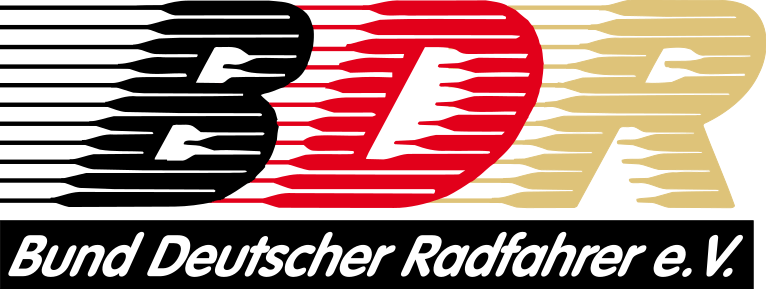Effects of high-intensity training on physiological and hormonal adaptions in well-trained cyclists
(Auswirkungen hoch intensiven Trainings auf die physiologischen und hormonellen Anpassungen bei gut trainierten Radsportlern)
Purpose: Investigate development of specific performance adaptions and hormonal responses every fourth week during a 12-wk high-intensity training (HIT) period in groups with different interval-training prescriptions.
Methods: Sixty-three well-trained cyclists performing a 12-wk intervention consisting of two to three HIT sessions per week in addition to ad libitum low-intensity training. Groups were matched for total training load, but increasing HIT (INC) group (n = 23) performed interval-sessions as 4 × 16 min in weeks 1-4, 4 × 8 min in weeks 5-8, and 4 × 4 min in weeks 9-12. Decreasing HIT (DEC) group (n = 20) performed interval sessions in the opposite order as INC, and mixed HIT (MIX) group (n = 20) performed all interval-sessions in a mixed distribution during 12 wk. Cycling-tests and measures of resting blood hormones were conducted pre, weeks 4, 8, and 12.
Results: INC and MIX achieved >70% of total change in workload eliciting 4 mmol/L [la-] (Power4mM) and V.O2peak during weeks 1-4, versus only 34%-38% in DEC. INC induced larger improvement versus DEC during weeks 1-4 in Power4mM (effect size, 0.7) and V.O2peak (effect size, 0.8). All groups increased similarly in peak power output during weeks 1-4 (64%-89% of total change). All groups` pooled, total and free testosterone and free testosterone/cortisol ratio decreased by 22% ± 15%, 13% ± 23%, and 14% ± 31% (all P < 0.05), and insulin-like growth factor-1 increased by 10% ± 14% (P < 0.05) during weeks 1-4.
Conclusions: Most of progression in Power4mM, V.O2peak and peak power output was achieved during weeks 1-4 in INC and MIX, and accompanied by changes in resting blood hormones consistent with increased but compensable stress load. In these well-trained subjects, accumulating 2-3 h/wk performing 4 × 16 min work bouts at best effort induces greater adaptions in Power4mM and V.O2peak than accumulating ~1 h/wk performing best effort intervals as 4 × 4 min.
© Copyright 2017 Medicine & Science in Sports & Exercise. Lippincott Williams & Wilkins. Alle Rechte vorbehalten.
| Schlagworte: | Sportphysiologie Hormon Adaptation Radsport Relation Belastungsintensität |
|---|---|
| Notationen: | Trainingswissenschaft Biowissenschaften und Sportmedizin Ausdauersportarten |
| Tagging: | HIT |
| DOI: | 10.1249/MSS.0000000000001214 |
| Veröffentlicht in: | Medicine & Science in Sports & Exercise |
| Veröffentlicht: |
2017
|
| Jahrgang: | 49 |
| Heft: | 5 |
| Seiten: | 1137-1146 |
| Dokumentenarten: | elektronische Publikation |
| Sprache: | Englisch |
| Level: | hoch |
